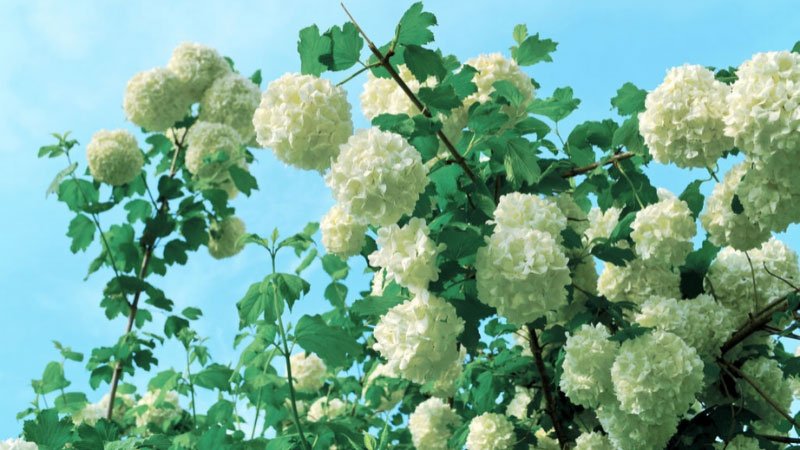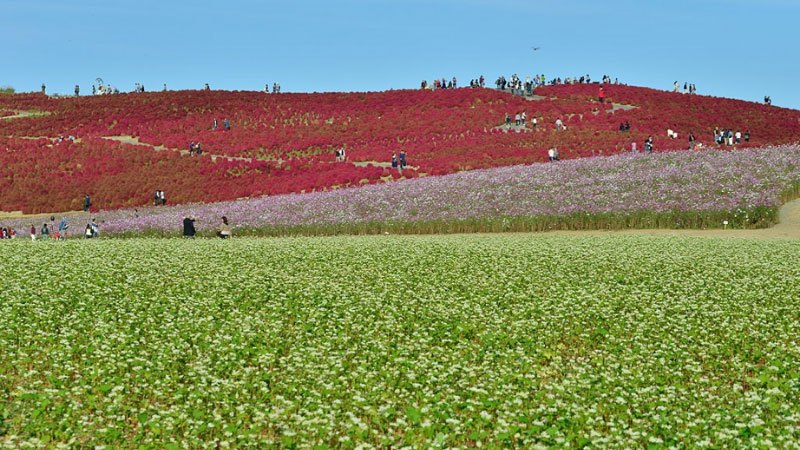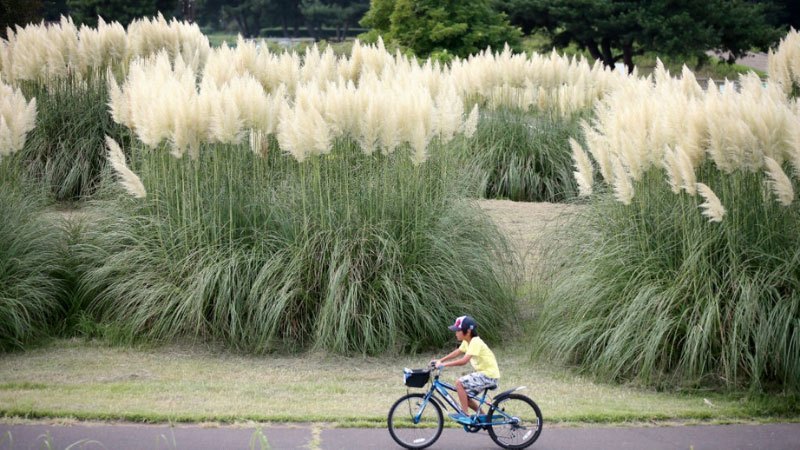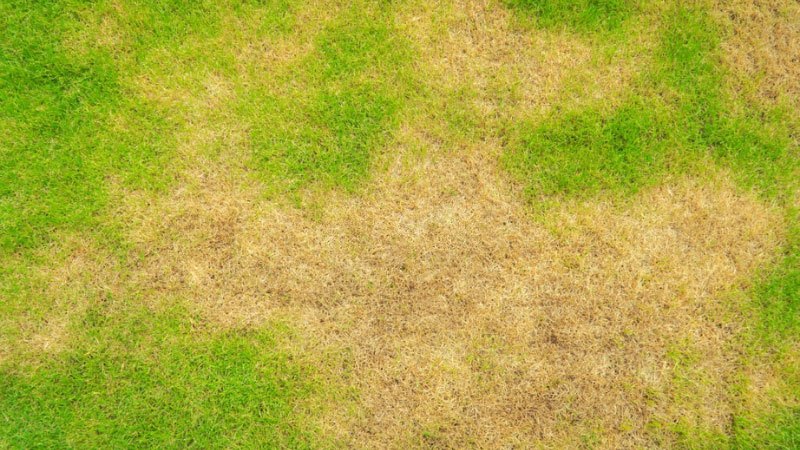Pummelo (Citrus maxima), otherwise spelled pommelo and pomelo and also called in various countries as shaddock, pamplemoussier, jeruk besar, jeruk bali, jambua, limau betawi, limau bali, muli, som-o, ma-o, shouk-ton-oh, suha, lukban, kabugaw and buongon, is a popular fruit crop of the Orient.
It has the biggest fruit among the citrus species.
It is closely related, and its world production data is always associated, to the grapefruit (Citrus x paradisi), the only major citrus fruit that originated outside of Southeast Asia.
In Southeast Asia, pummelo is grown in home gardens, in mixed citrus orchards, and in pure pummelo orchards.
The Philippines classify it as a high-value cash crop.
For 2008, the top 10 world producers of grapefruit (including pomelos) are the USA, China, Mexico, South Africa, India, Argentina, Turkey, Cuba, Brazil, and Tunisia (FAOSTAT, 2010).
Data presented by Ganjun (2009) show that China produced 540,546 tons in 60,060 ha, yielding an average of 9 tons per hectare.
90 percent was produced for domestic consumption.
There are reports, however, that a single tree can yield 70-100 fruits per year which is equivalent to 20 tons/ha per year (Verheij and Coronel, 1992).
Read more




